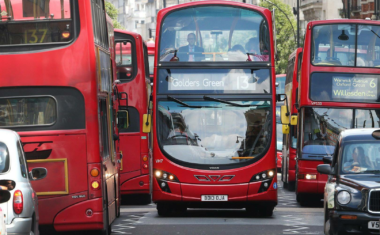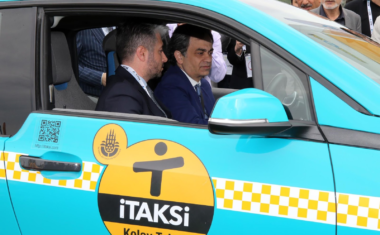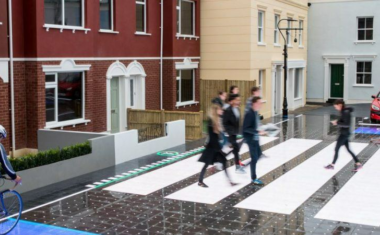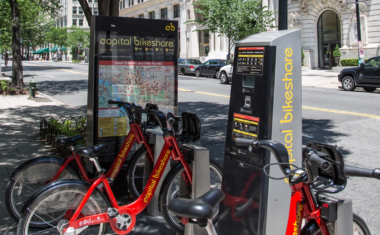Smart Traffic Signals
- 5 min to read
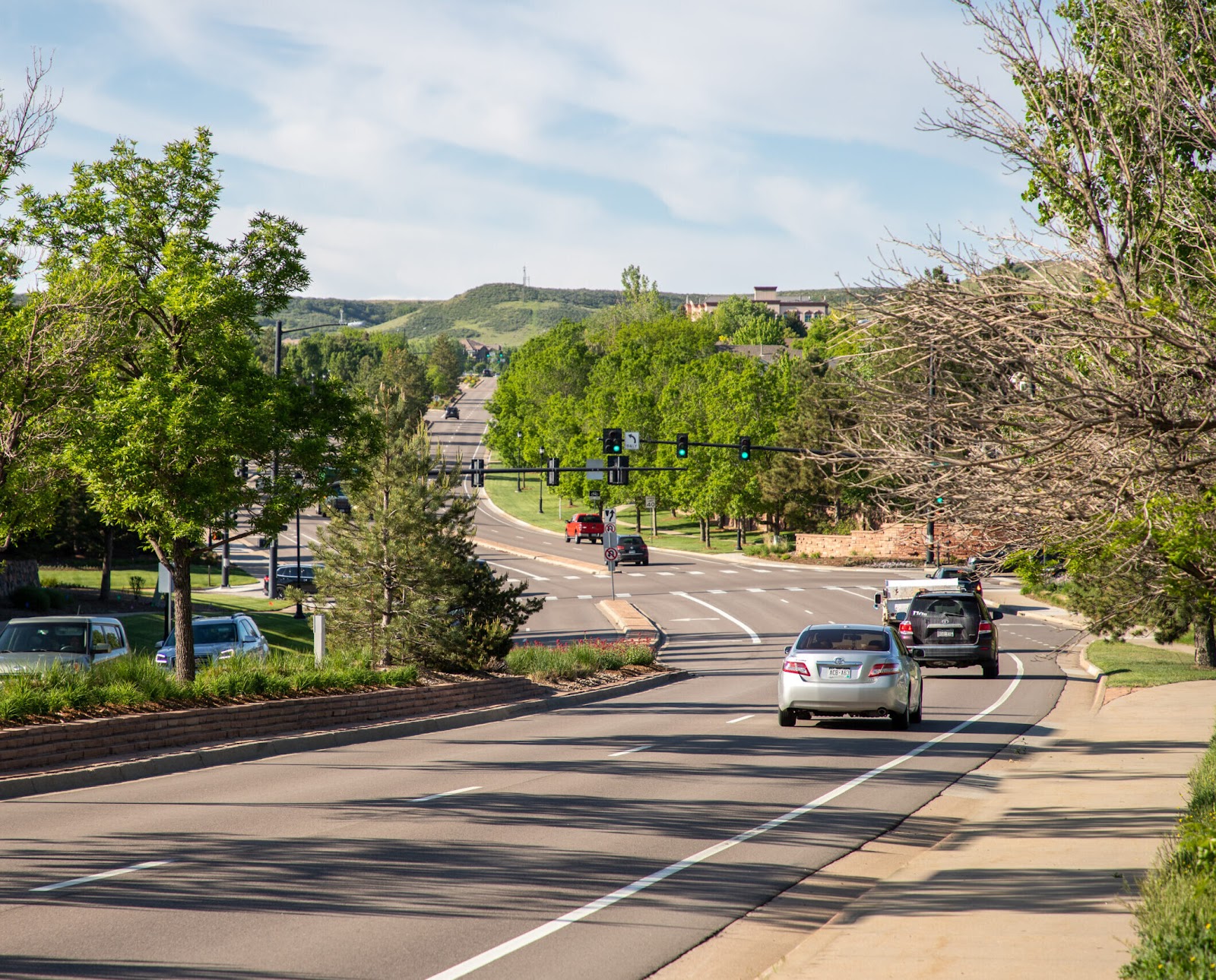
About the city. Lone Tree is one of three cities along the Yosemite corridor joining forces to solve the street’s traffic problem. Yosemite has become a popular alternate north-south route for commuters looking to forgo gridlock on I-25. Lone Tree, Greenwood Village and Centennial collaborated on “Project Mercury” in 2017, a pilot program completed in 2019.
Goal
The goal of this system and the project is to make drive times along Yosemite more consistent.
Adaptive traffic signal technology is a sort of last-ditch effort to improve intercity traffic flow in the south metro region. The adaptive traffic control system will detect and collect vehicle data in real-time and adjust all traffic signals along a corridor accordingly. The system is considered smart city technology.
Implementation period. Implementation of the ITS master plan began in 2017. In 2021 the whole ITS is expected to be complete.
Fact
“We realized a long time ago, we can’t build our way out of traffic,” said Stephanie Piko, Centennial mayor, at the Sept. 3 city council meeting. This improves the fact that Colorado state needs some improvements in traffic issues.
Solutions
The city has begun installing the equipment early in 2020 and expects the system to be fully installed by June.
Most of the project is fully funded by the city, which budgeted just more than $1 million. The Park Meadows Metro District will be contributing $186,000.
Lone Tree will be using SynchroGreen software from Trafficware, a company that provides smart city adaptive traffic signal technology. Some of the goals of the project include maximizing throughput at each intersection and enhancing efficiency.
In 2018, 83 signal controllers — essentially computers that sit in boxes at intersections — were all upgraded and will be used with the adaptive signal control technology beginning in 2020.
The data will develop a picture of traffic volume at certain points during the day, along with time spent waiting at stoplights. After the initial data collection phase, traffic lights will be coordinated in an adaptive system to make their timing more responsive to traffic flows.
Team
A partnership between the Colorado Smart Cities Alliance members the City of Lone Tree, the City of Centennial, and the City of Greenwood Village, along with the Park Meadows Metro District
Timeline
38 BlueTOAD sensors — already deployed along that corridor and other areas throughout the city — will support ITS technology. The BlueTOAD sensors measure the time it takes for cars to travel from one sensor to another, using Bluetooth signals. They assign temporary anonymous IDs — individuals aren’t identified, officials noted at the council meeting. That measurement gauges traffic along major roads and that information can be used to adjust signals
If you notice an error or inaccuracy in our editorials, please email [email protected] so we can look into it.

